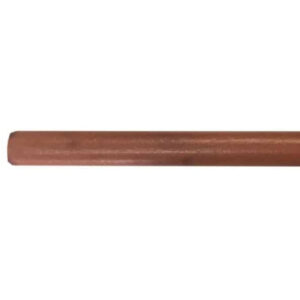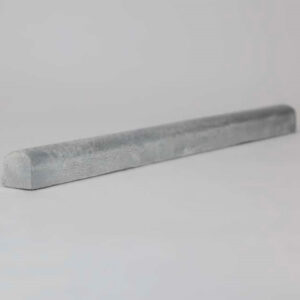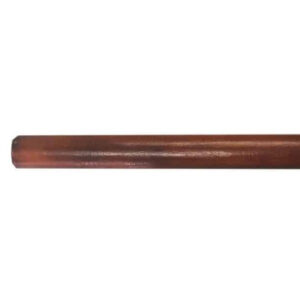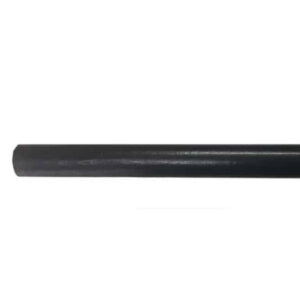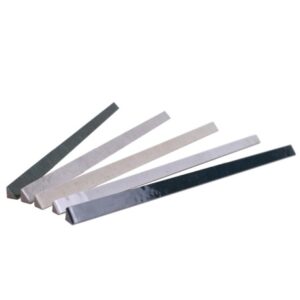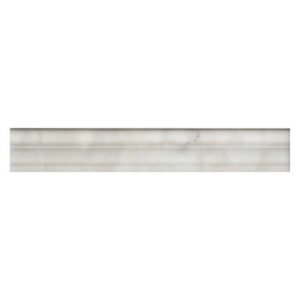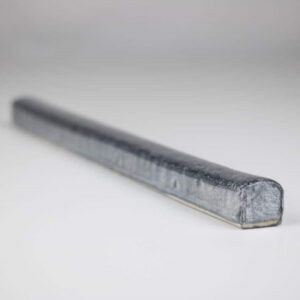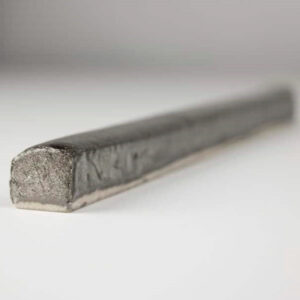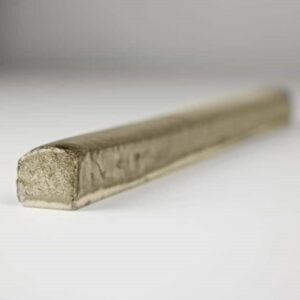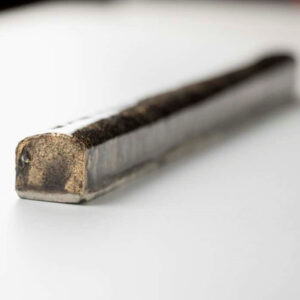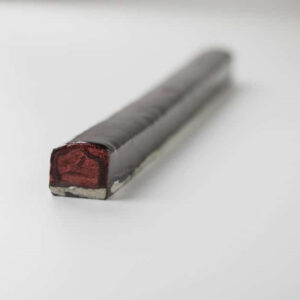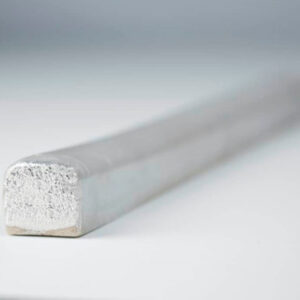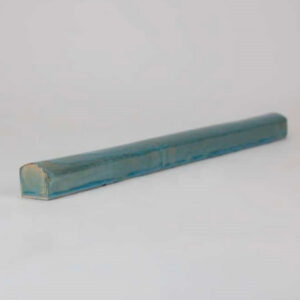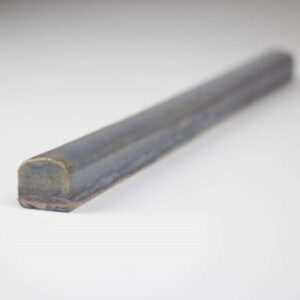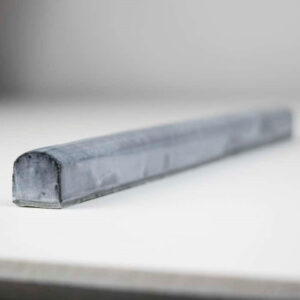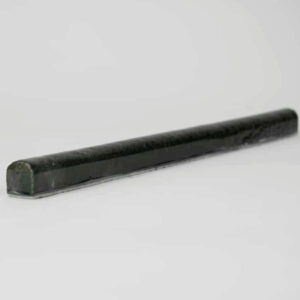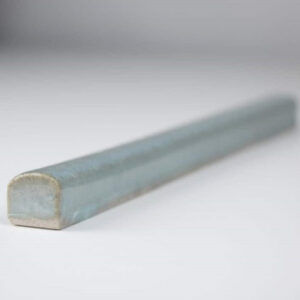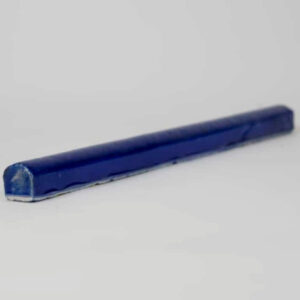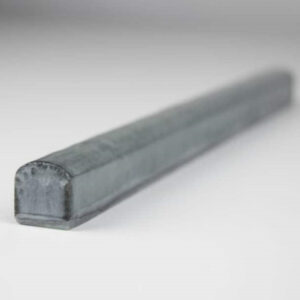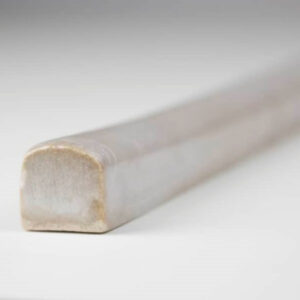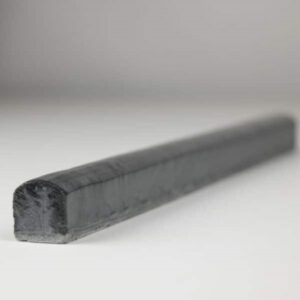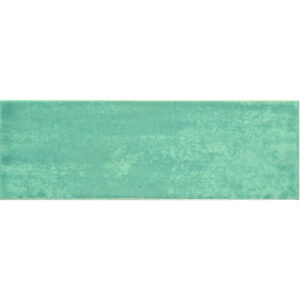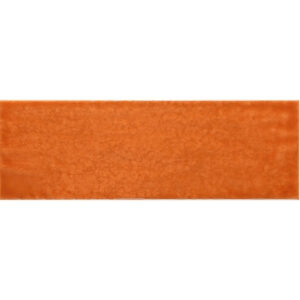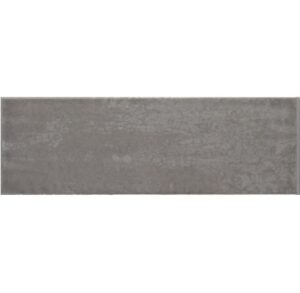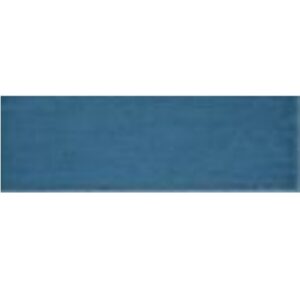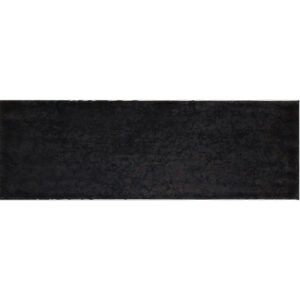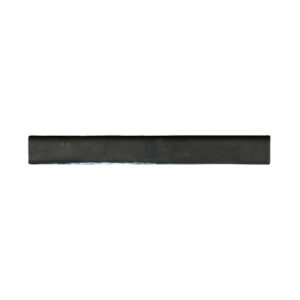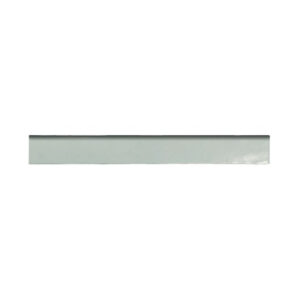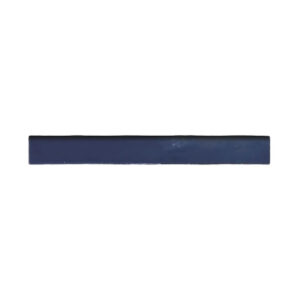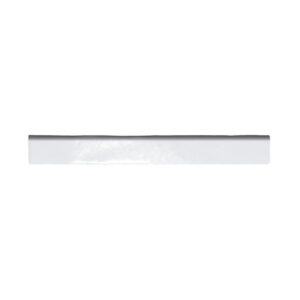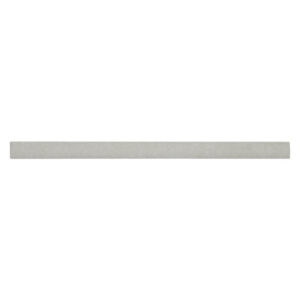171 results
Using tile for trim and molding in your home offers a distinctive and elegant approach to finishings. Traditionally, wood has been the go-to material for these features, but incorporating tile opens up a world of design possibilities, allowing for more customization, durability, and sometimes even a more cost-effective solution. Here’s an exploration of using tile for trim and molding and the types of tiles you might consider:
1. Ceramic and Porcelain Tiles
- Characteristics: Both are made from clay, but porcelain is fired at higher temperatures, making it denser and less porous.
- Use in Trim and Molding: They can be used to create a crisp, clean border around floors, ceilings, windows, and doors. Porcelain, being more moisture-resistant, is especially suitable in bathrooms and kitchens.
- Design Flexibility: Available in a multitude of colors, patterns, and sizes, they can match or complement your existing décor. They can mimic the look of natural stone, wood, and other materials.
2. Glass Tiles
- Characteristics: Known for their reflective properties, glass tiles can add light and depth to a space.
- Use in Trim and Molding: Ideal for creating a sleek, modern edge around mirrors, backsplashes, or as a transitional piece between different materials.
- Visual Appeal: They can inject color and brightness into a room, making them perfect for accentuating features or adding a touch of luxury.
3. Metal Tiles
- Characteristics: Made from materials like stainless steel, copper, or aluminum, metal tiles are durable and resistant to corrosion.
- Use in Trim and Molding: Great for adding a contemporary flair or industrial aesthetic. They work well as accent pieces in kitchens, bathrooms, or around fireplaces.
- Durability and Maintenance: Metal tiles are long-lasting and relatively easy to maintain, making them a practical choice for high-traffic areas.
4. Natural Stone Tiles
- Characteristics: Includes marble, granite, slate, and travertine, each with unique textures and colors.
- Use in Trim and Molding: Stone tiles offer a timeless, luxurious look. They can be used for windowsills, door frames, or as a sophisticated border along floors or walls.
- Natural Beauty: The inherent variations in natural stone provide an exclusive and elegant appearance.
5. Mosaic Tiles
- Characteristics: Small, often colorful tiles that can be made from glass, ceramic, stone, or metal.
- Use in Trim and Molding: Perfect for creating detailed, decorative borders or for highlighting areas like backsplashes or bathroom niches.
- Artistic Flair: Mosaics offer endless design possibilities and can add a personal, artistic touch to your space.
6. Hand-Painted and Artisan Tiles
- Characteristics: These are typically ceramic tiles with hand-painted designs, often reflecting traditional craftsmanship.
- Use in Trim and Molding: Ideal for adding a unique, artistic element. They can be used as accent pieces or to create a focal point in a room.
- Cultural Touch: These tiles can reflect cultural designs, adding a global or historical dimension to your décor.
Application and Considerations
- Application: The installation of tile trim and molding requires precision. It’s important to ensure that the tiles are aligned correctly and that the grout lines are consistent. Professional installation is often recommended.
- Durability: Tile is a durable option for trim and molding, especially in areas susceptible to moisture or wear and tear.
- Maintenance: Easy to clean and maintain, tile is an excellent choice for busy or damp environments. Regular cleaning with mild detergents is usually sufficient.
- Cost: While some tile options can be cost-effective, others, like hand-painted or natural stone tiles, might be more expensive. The cost can vary depending on the material and the complexity of the design.
Incorporating tile for trim and molding in your home can elevate the space with a unique and refined look. The versatility of tile materials and designs allows for a range of styles, from modern and sleek to traditional and elegant. With careful selection and proper installation, tile can offer a durable and visually appealing alternative to conventional trim and molding materials.
